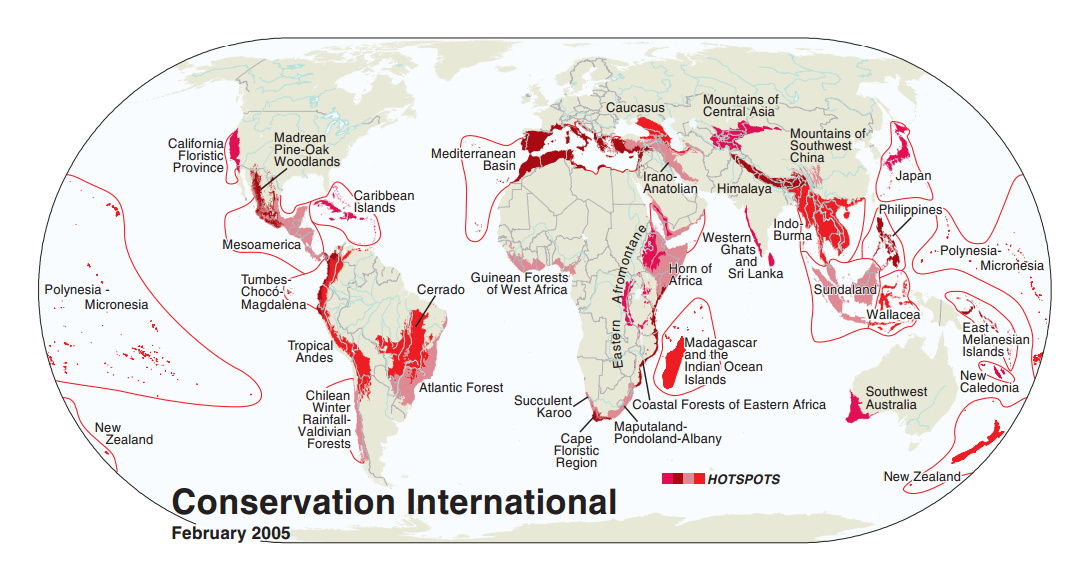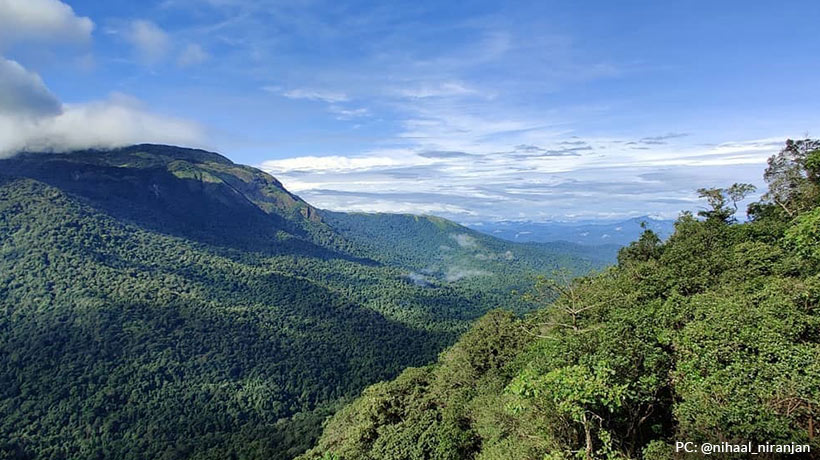
Activities such as logging of wood, increased agriculture, increased human habitation has led to destruction of forests and pollution of rivers. Now, due to better infrastructure, contact of these areas with humans has increased. Habitat destruction:Īs recently as 30 years ago, most of the regions in these biodiversity hotspots were inaccessible and remote. Let us consider some of the major causes and issues related to threats to biodiversity: 1. The introduction of exotic species is also less of a problem than in temperate areas because there is so much diversity in tropical forests that newcomers have difficulty becoming established. Climate will probably change least in tropical regions, and nitrogen problems are not as important because growth in rainforests is usually limited more by low phosphorus levels than by nitrogen insufficiency.

The major threats to biodiversity decline are land use changes, pollution, changes in atmospheric CO 2 concentrations, changes in the nitrogen cycle and acid rain, climate alterations, and the introduction of exotic species, all coincident to human population growth.įor rainforests, the primary factor is land conversion.

Increasing population pressure and over-exploitation of the biotic resources is taking their toll on biodiversity leading to its loss. The Relict Dragonfly (Epiophlebia laidlawi) is an endangered species found here with the only other species in the genus being found in Japan. The Eastern Himalayan hotspot has nearly 163 globally threatened species including the One-horned Rhinoceros (Rhinoceros unicornis), the Wild Asian Water buffalo (Bubalus bubalis) and in all 45 mammals, 50 birds, 17 reptiles, 12 amphibians, 3 invertebrate and 36 plant species.

Western tragopan are found here, along with some of Asia’s largest and most endangered birds such as the Himalayan vulture and White-bellied heron. Few threatened endemic bird species such as the Himalayan Quail, Cheer pheasant.


 0 kommentar(er)
0 kommentar(er)
